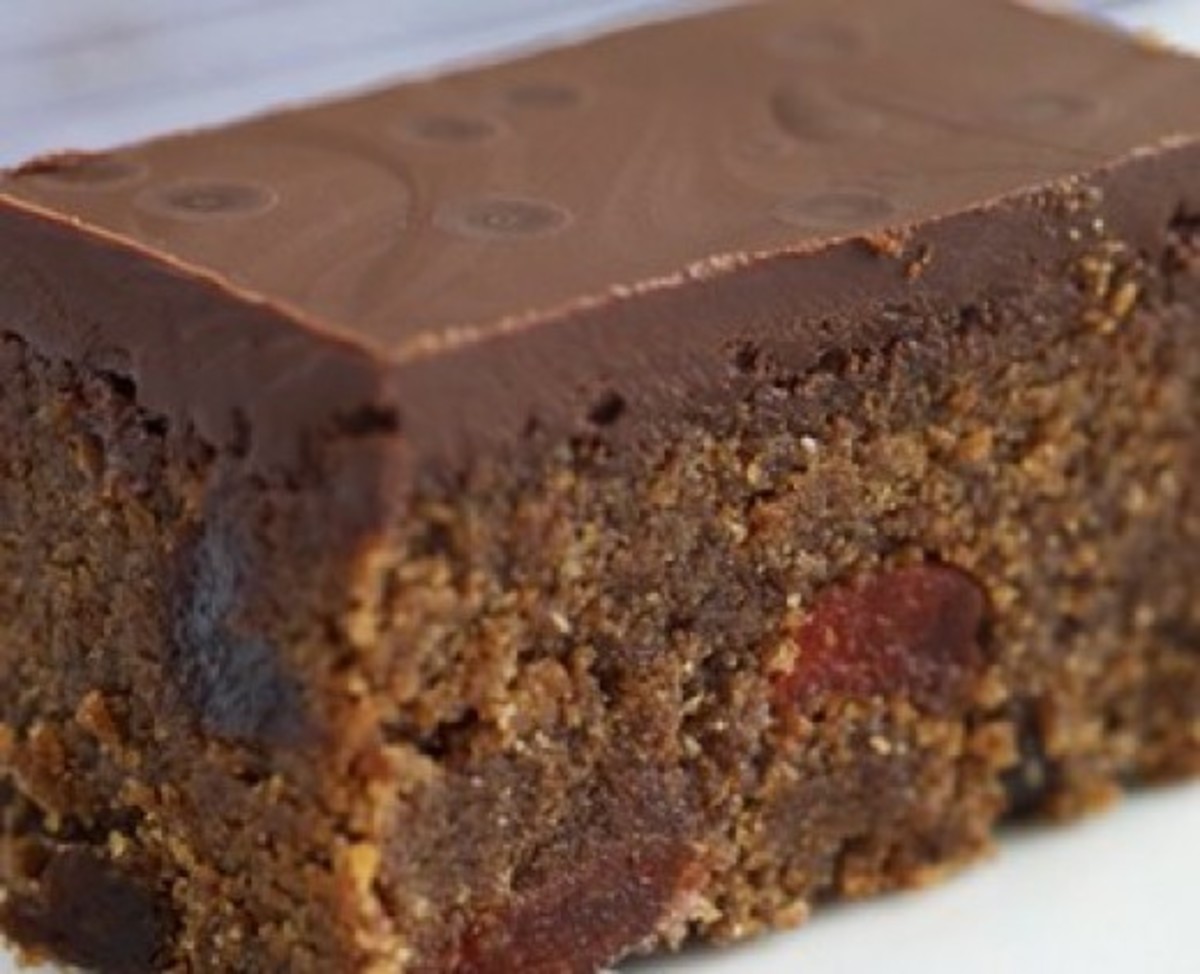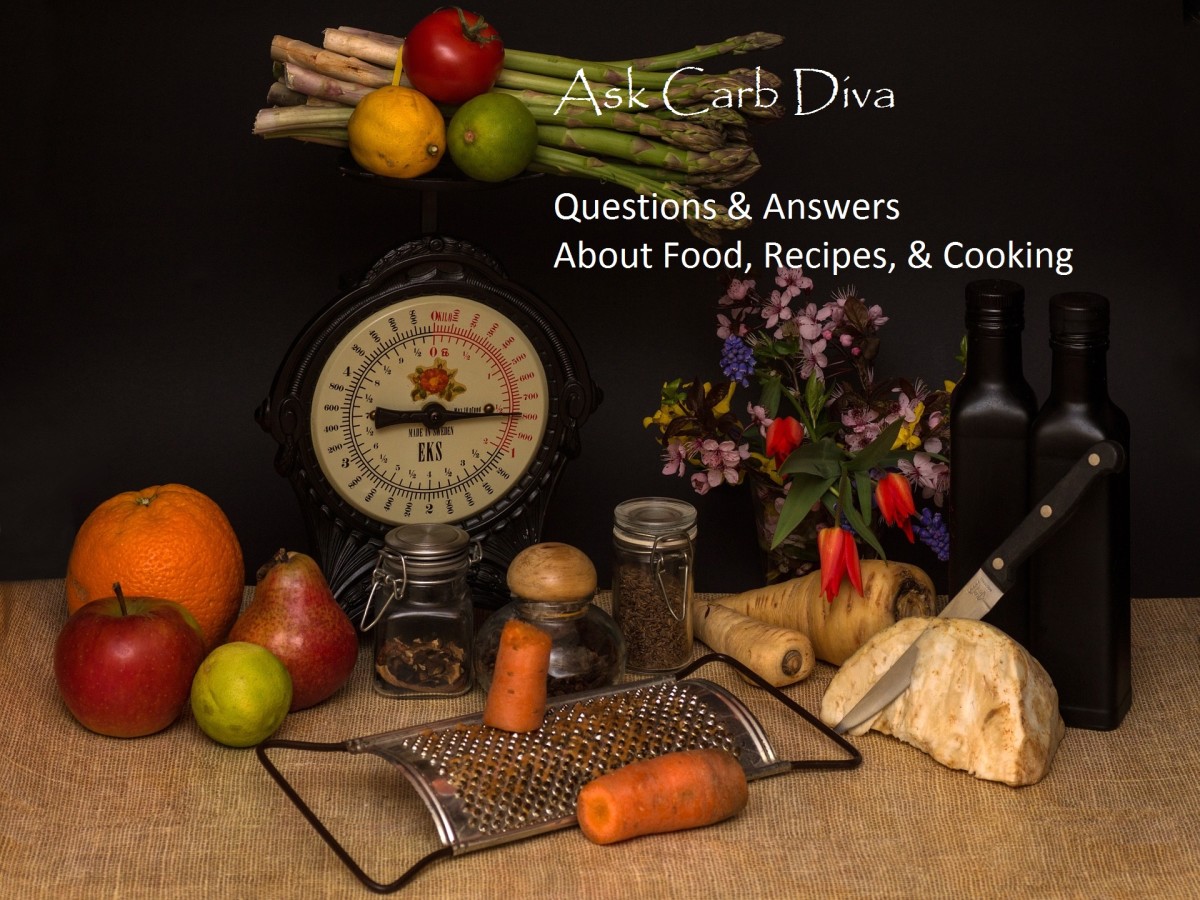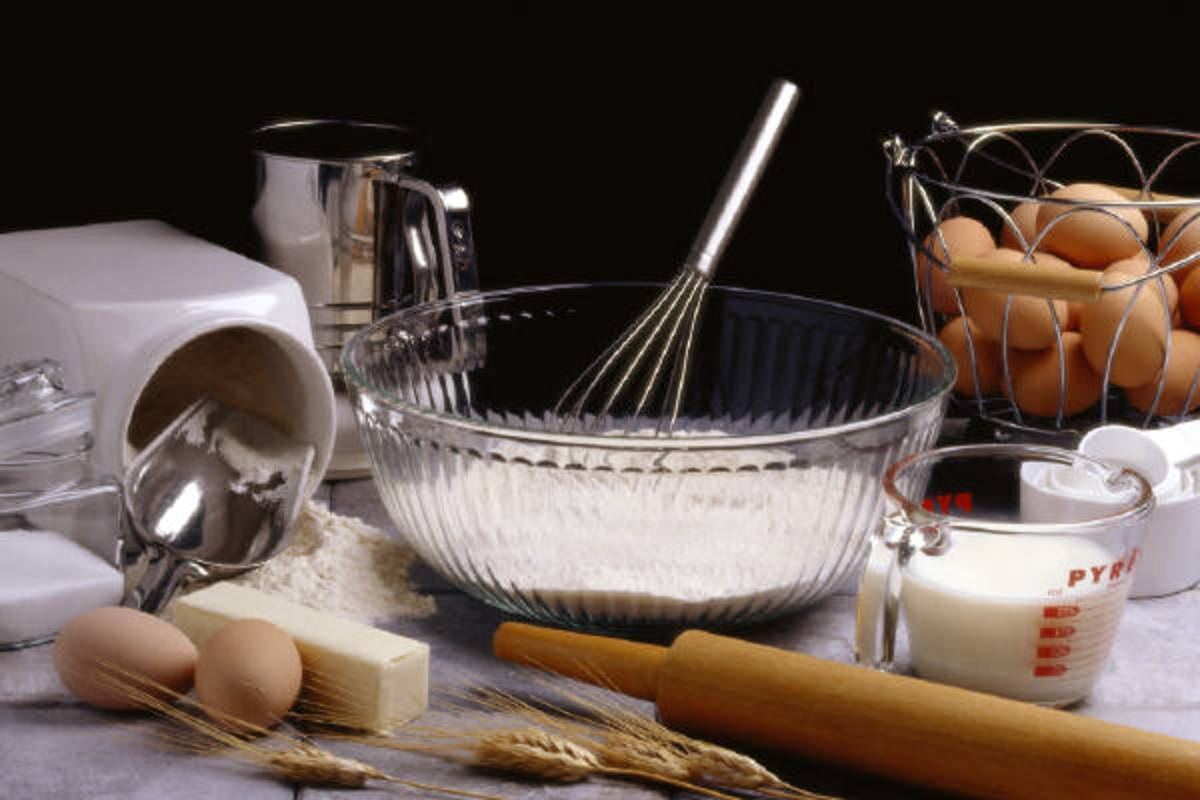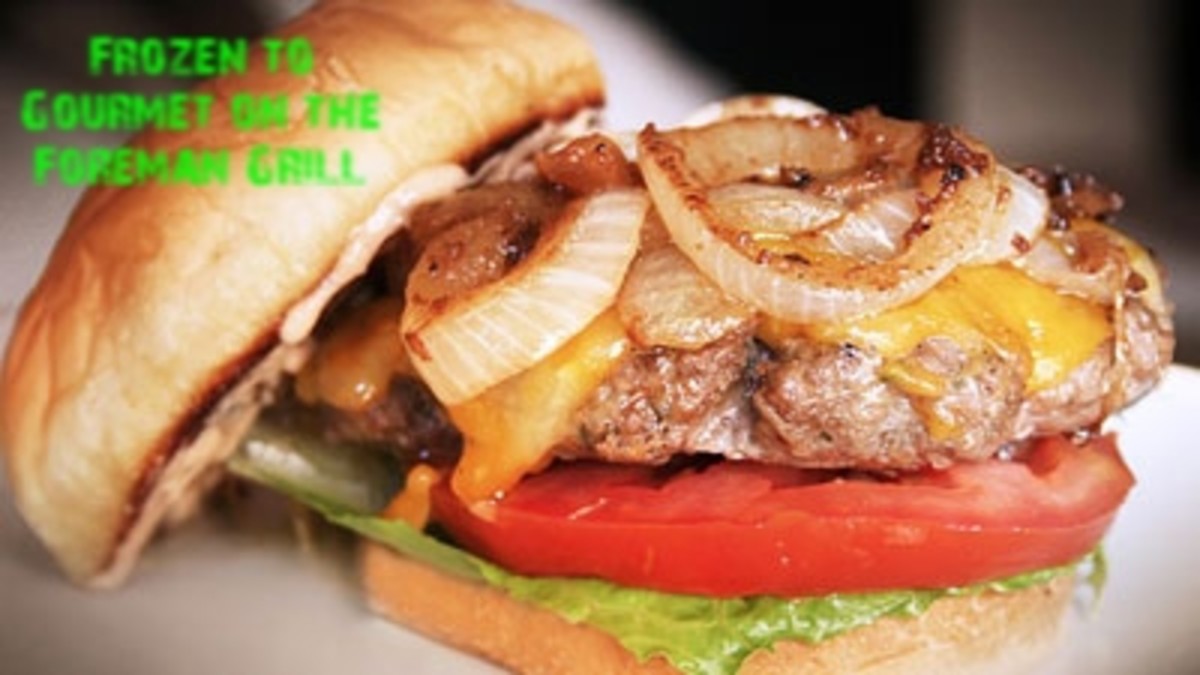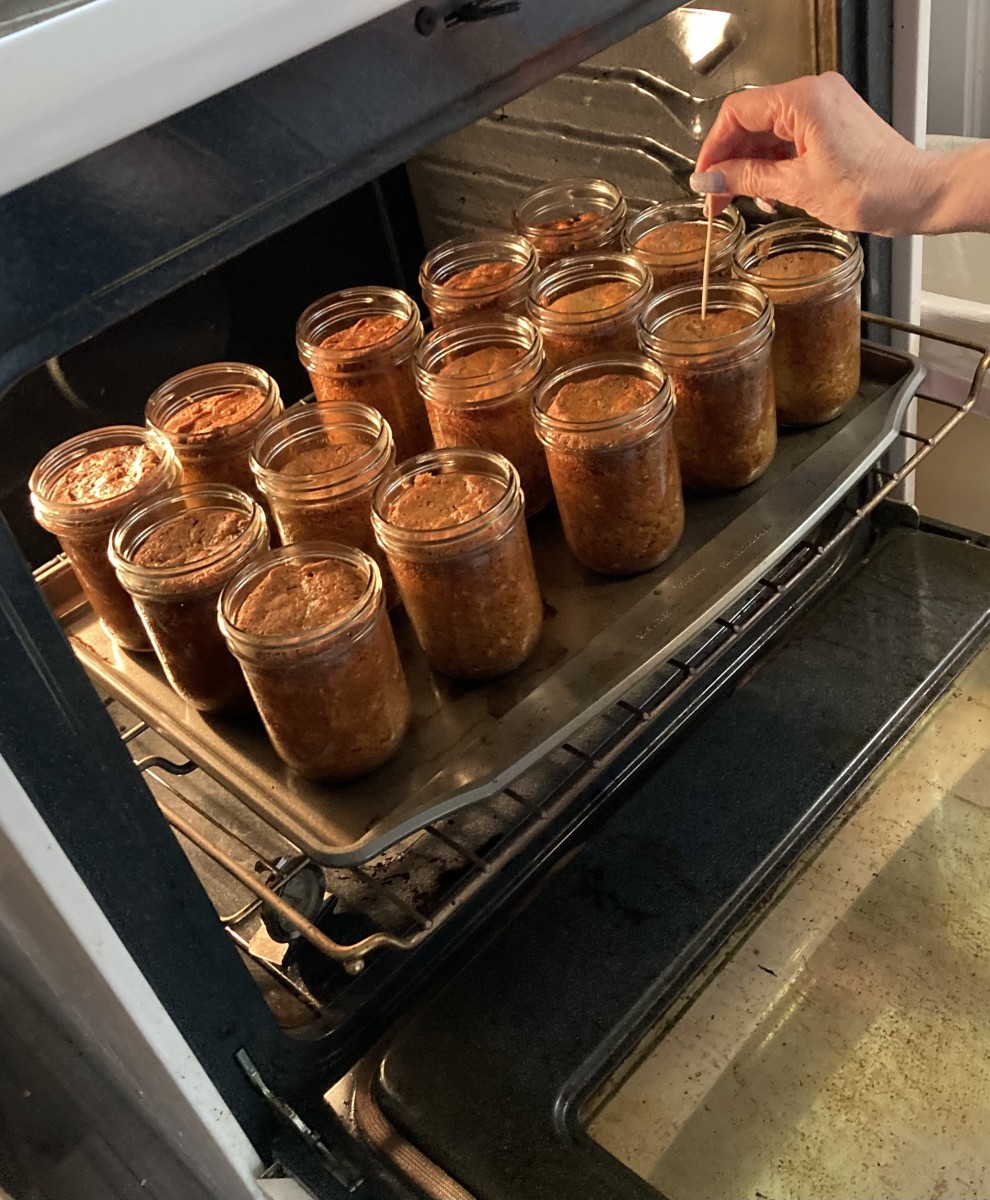How to Create a Good Recipe

What information should you include in a good recipe?
I can only speak for myself, but I greatly prefer recipes that are easy to follow, clearly written and explained, and that aren't horrendously difficult to make.
It's also helpful to have recipes that use 'normal' ingredients, not some sort of special gourmet ingredient rarely found in the average home. It's certainly nice to try unique things now and then, but if you're searching the Internet or grabbing the cookbook for last-minute ideas and you don't have time to go to the store, you need recipes that use what you have on hand.
Your readers will appreciate it if you put yourself in their position when creating an online recipe by including all the things they'll need to know. Here are some tips for creating a useful recipe hub that people will want to try:
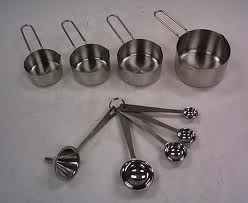
Make Sure Measurements Can Be Understood by Everyone
Since we are on a world-wide site, this one is tricky. Our great friends who live in countries on the metric system use terms like liters and grams, whereas in the United States and a few other places, we measure in quarts and cups.
If it's possible to translate your recipe into both types of terms, readers will greatly appreciate you for it. Some packages have both terms listed, so this might be an easy way to get things translated. Otherwise, you can find comparison information on the Internet. So often, I've seen a recipe from someone who lives in England or elsewhere and I am stumped as to how to make it, because I can't translate the measurements.
This will greatly help in getting people to try the recipe, and in their success in making it.
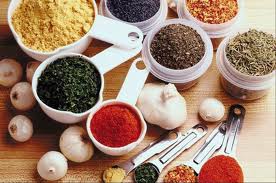
List the Ingredients First in Recipes
Have you ever started a recipe, and assembled all the ingredients ahead of time (by looking at the list given), and then found something toward the end of the instructions that wasn't listed?
It's very frustrating to have everything halfway mixed (and possibly at a fragile stage) and then realize you need a few ounces of cream, or a fourth of a cup of breadcrumbs not previously mentioned. Since many recipes need to be mixed in a timely manner, this can throw off the preparation and ruin the entire dish.
It's particularly upsetting when the mystery, late-arrival ingredient isn't something you normally keep on hand. If you have to stop everything and run to the store for cream or breadcrumbs, you've probably already lost the chance of making the dish the right way, or in time for dinner.
Include quantities! I have a great recipe for slow-cooker chicken that doesn't tell you how much chicken it takes to prepare it properly! I've experimented (Four boneless, skinless breasts? Six? Two?) but it would be so much easier if the person who wrote the recipe had included that information!
A Desperate Housewife learns to cook

Are the instructions easy to understand and to follow?
Ingredients should be listed in the order they're needed, and each should be mentioned in the instructions in an understandable way.
Use standard cooking terms rather than some term your grandmother may have used but that's not found in cookbooks. It might be quaint to read a few old-fashioned terms, but it's more helpful to have them also clarified in a way the cook will understand.
A 'Charlotte' can be described as a sort of cake or tart (which it somewhat resembles) so people will know what they're making. A 'trifle' might be a common term in England (and they're delicious, by the way), but in the United States, a description would be helpful. To me, a trifle is a bit like a tiramisu - which could also use clarification in many cases!
Include Photos!
Photos of the finished product are so helpful! If a reader is trying to imagine what the dish looks like, a photo can be a great guide on what to aim for while they attempt the recipe. Photos of the preparation process are helpful, too, especially if there's a technique or two that's difficult to describe or master.
Truffle oil may not be in the average pantry
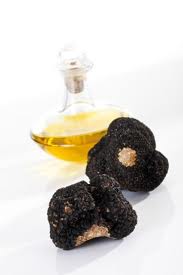
Does the recipe describe preparation instructions clearly?
Instructions are important! I've seen recipes that stumped me because I wasn't sure if the sauce was added before or after another step (just an example) or how to tell when it was time to take it to the next step of preparation.
Although you may have made the recipe a million times, and it's second nature to you to mix things in the right order, be sure the instructions are written as though someone has never seen the recipe before and has no idea what to do next. Basically, a new reader who wants to try the recipe is in exactly that position.
Help people understand the instructions by explaining them as though the reader was standing beside you, watching every step.
Does the recipe use ingredients found in the average household and familiar to most cooks?
It's true there are great recipes for exquisite foods, and the ingredients and instructions stretch us as cooks and expose us to tastes we may not have explored. But there's a lot to be said for finding a recipe that uses few ingredients, is easy to prepare, and that doesn't require a trip across town to a specialty store.
Many households will not normally have truffle oil or capers on hand. Just thought I'd mention that.
Simple and tasty recipes are also perfect for growing families, where the children may not have developed their taste buds for unusual and new things. Busy moms and dads will appreciate having a new way to cook standard fare. Or a recipe that's super easy to prepare but will please a few picky eaters at the table.
If the recipe is for a marinade, sauce or something similar, are you including tips for using it?
Some of us aren't easily able to see how tastes combine, so it's very important to include ways to use recipes for sauces, gravies, dressings, marinades and other things that aren't the main dish but are designed to add flavor. It helps greatly to know that the recipe is designed for fish, or that it's excellent with pork.
If there are various ways to use the recipe, include those tips as well. The reader will see how those ideas relate to his or her family's tastes and the things they normally cook.
It's also helpful to mention how some unusual flavor combinations will work in the finished product. Many people are not used to mixing sweet ingredients with savory or sour ingredients, so if the recipe has been a hit with your four-year-old picky eater, mention it, and explain why.
Not hot enough? Hot? Too Hot?
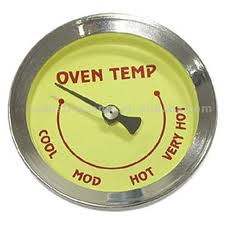
Fahrenheit or Centigrade? When is it done?
As with measurements, be sure to list all temperatures in Fahrenheit as well as Centigrade. So many people need one but not the other, and they don't know how to convert the numbers.
Conversion Formula: The formula for conversion is 9/5 Centigrade plus 32 equals Fahrenheit. If that's too much math, check out various websites that have conversion calculators you can do online.
Remember the old commercial that had a kid asking plaintively, "Is it soup yet?" Be sure to tell readers how to know when the recipe is properly baked, warmed to the right temperature or otherwise fully cooked to the desired level.
It makes people crazy to read a recipe that says "Place in a hot oven until done." What might that mean? How hot is hot, and how done is done? I've actually seen those instructions in older recipes!
Some helpful links for converting things
- The Metric Kitchen
Information for converting U.S. recipes to metric measures. - Fahrenheit to Celsius Converter
Some of my favorite recipes
- Easy Apple Cake: Russian Charlotte Russe Recipe
Classic Charlotte Russe apple cake. Delicious and easy to make traditional Russe with Lady Fingers. Elegant dessert seen on Downton Abbey. - Slow-cooker recipe for delicious chicken stroganoff: An easy meal the family will love
This delicious slow-cooker recipe for chicken stroganoff is easy to make ahead of time. Your family will love the way it tastes! - Great Recipes for Artichoke Portobello Pasta
This simple, yet elegant pasta dish can easily be made in minutes. Serve it as a main dish, or as a savory side dish with fish or chicken. - The absolute best homemade bread recipe: Easy no-knead artisan bread
Make beautiful artisan loaves with this easy, no-knead recipe. Now anyone can make great bread!
And finally
Be sure to include information on how to best serve the dish (unless it's self-explanatory). If the recipe is best used as a side dish, mention what entrée it enhances.
Include portion sizes and the number of servings, so cooks can plan how many people a recipe will feed as either a main dish or a side item. If your recipe is designed for dainty servings, clarify this in the instructions! If it just makes a huge batch, it's okay to word it that way. Many cooks are trying to feed large families, and it's helpful for them to know a recipe will serve several hungry eaters.
These are just a few of the things that make a good recipe. Naturally, the real magic is in the exact ingredients used and how they're blended. But any recipe can be presented in the best light if these tips are followed.

